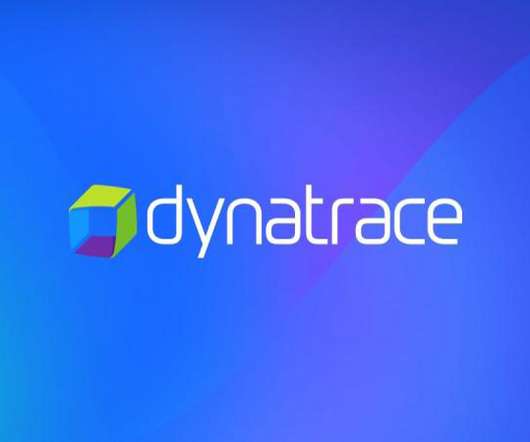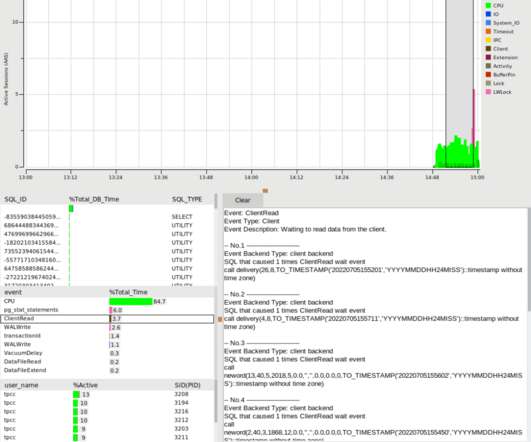Designing Instagram
High Scalability
JANUARY 11, 2022
Design a photo-sharing platform similar to Instagram where users can upload their photos and share it with their followers. High Level Design. We will use a graph database such as Neo4j to store the information. Component Design. API Design. We have provided the API design of posting an image on Instagram below.

















































Let's personalize your content